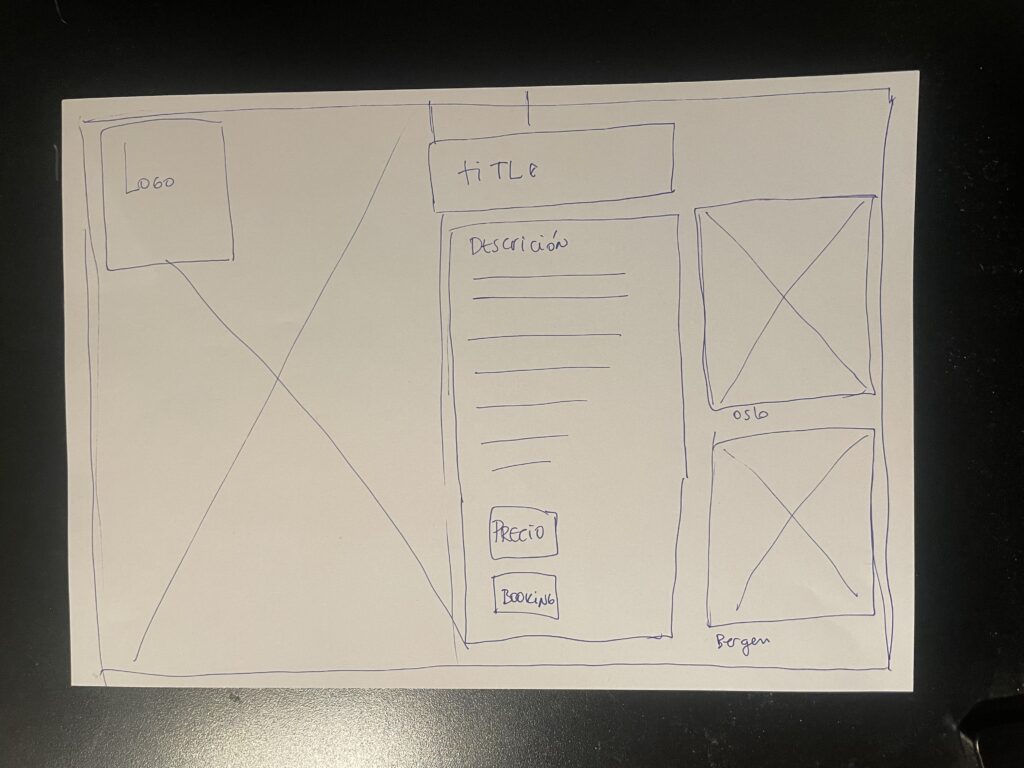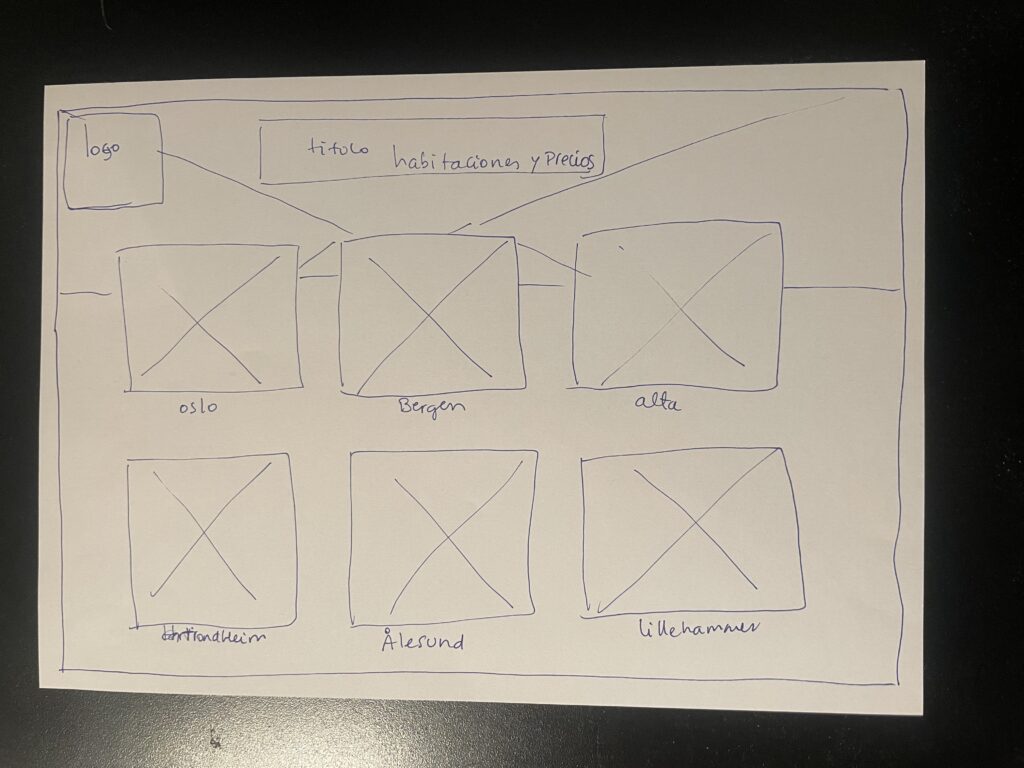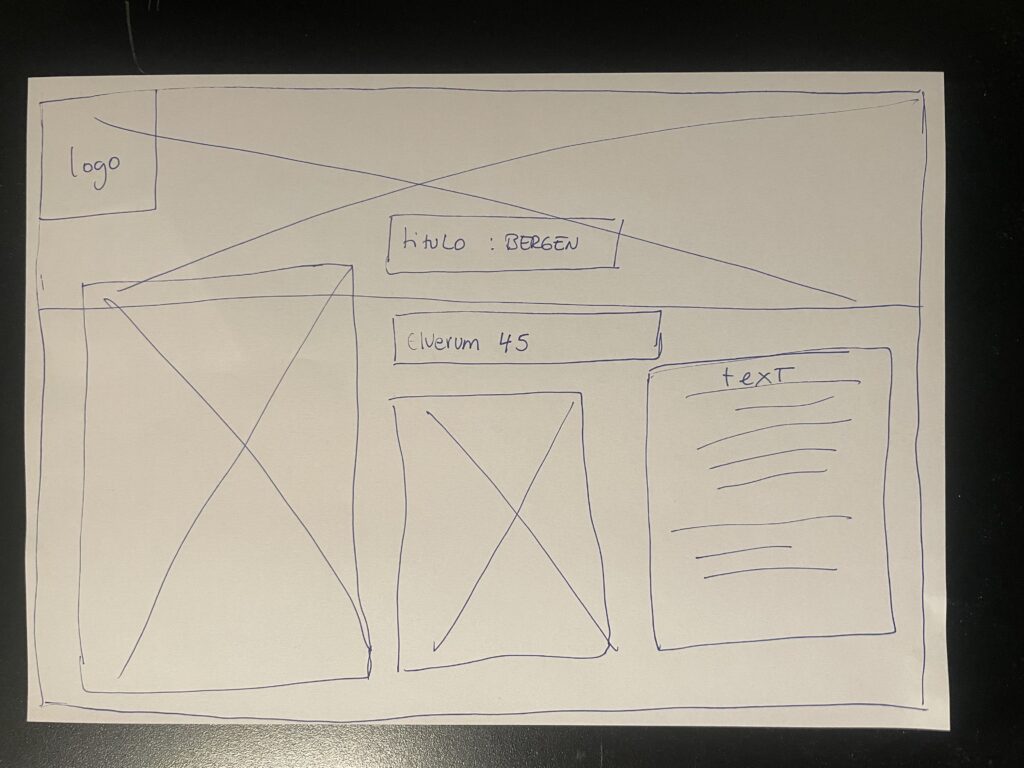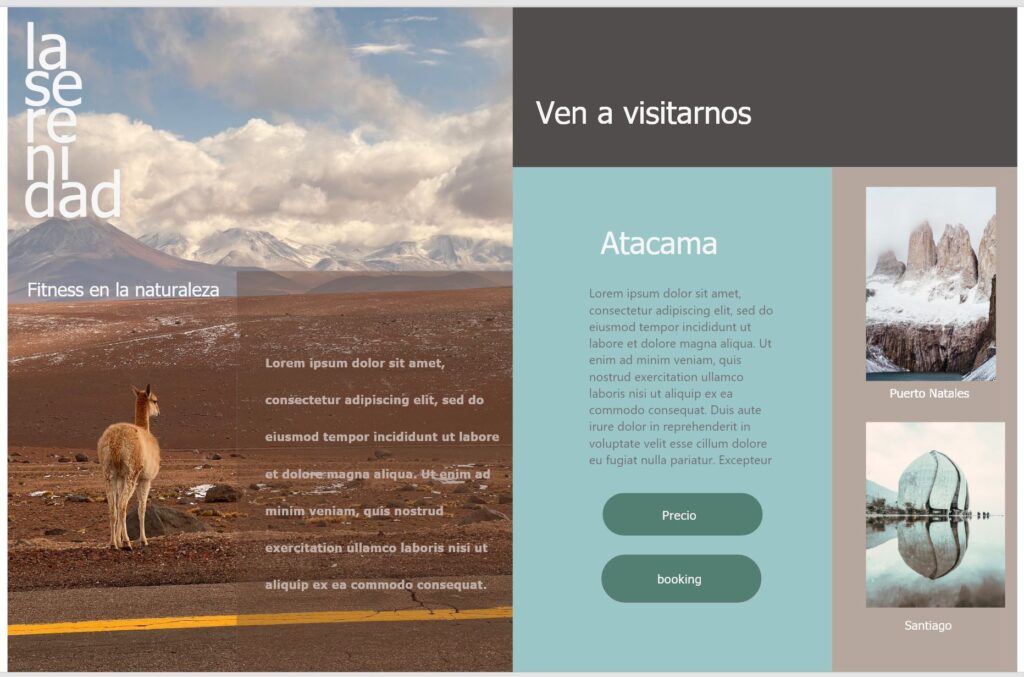The scenario is that you have been contacted by a local animal rescue organisation with an existing website. You need to create a low fidelity prototype (wireframe) for the dog category page as well as a profile page that displays the features of each individual dog. The category page needs to show the dogs that are available for adoption. Make space for 15 dogs on the page.
On the individual feature page, users can see the following (in any order that you choose):
- Dog’s name;
- Dog’s photo;
- Dog’s description;
- If the dog is good with cats or not;
- Dog’s age;
- If the dog is house trained;
- Dog’s size;
- If the dog is good with children or not;
- Dog’s gender;
- Dog breed (if applicable);
- Link to a form that they can use to book a visit with the dog.
Step 1
Ideate and create low fidelity prototypes (pen and paper sketches) to show how the dog category page might look. Aim for at least three different options to practice ideation – each on a different sheet of paper.
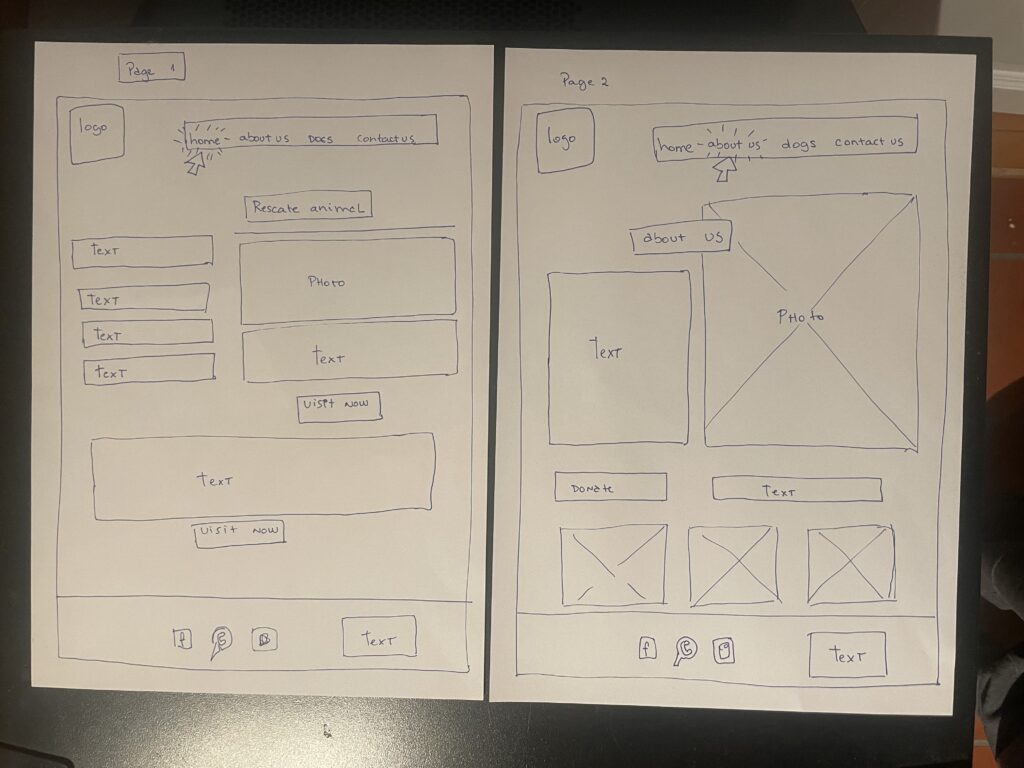
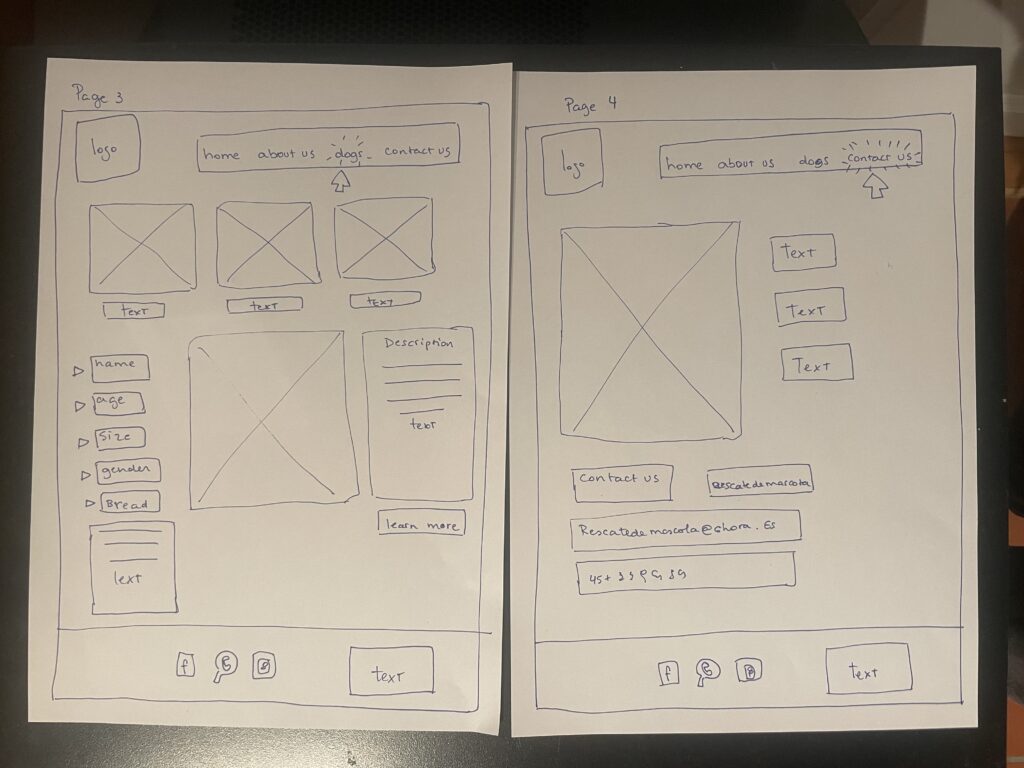
Task 3.2- Introduction to prototyping tools
Follow along with these tutorials to create a low-fidelity wireframe in Adobe XD and Figma and decide which software you want to work with going forward
For this task I use a little prototype for Pennyjuice
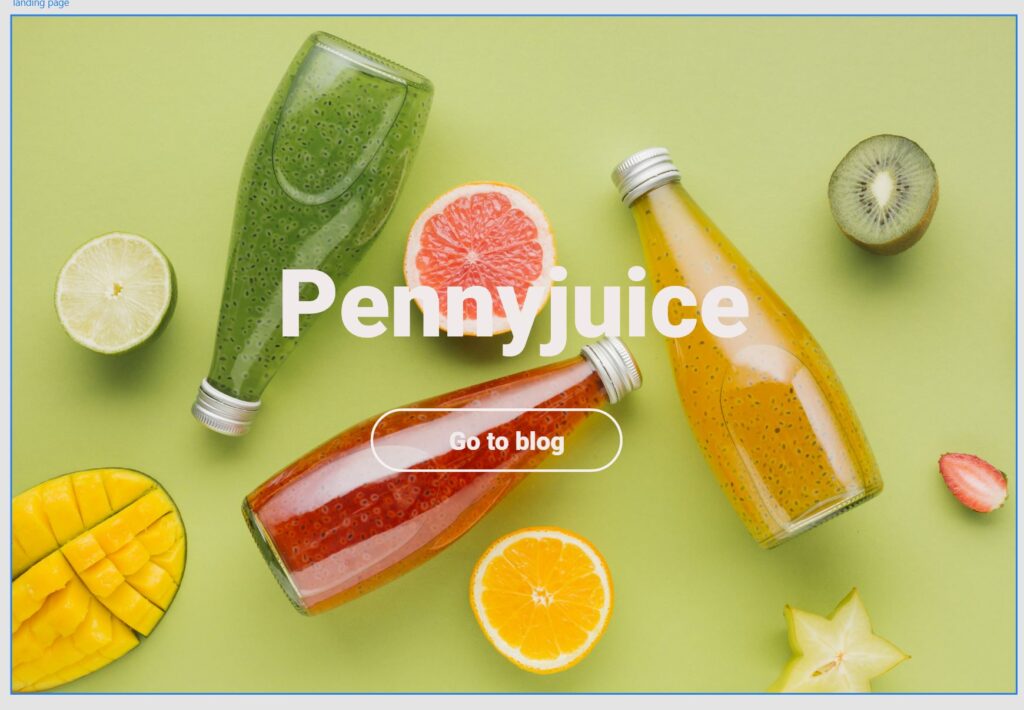
Task 3.3-Responsive design
We have talked quite a bit about designing for smaller screens. In this lesson task, you’ll be tasked with redesigning the contact form of a mobile app to ensure some much-needed improvements.
Use what we have learned and apply it to your design. Please include these form fields in your design:
- Name;
- Surname;
- Email;
- Message;
- Call to action.

Task 3.4-Understanding development and developer hand-off
Create a medium-fidelity prototype for a new fitness website for travellers called FitTravel. The website is to be created to help people who travel a lot (for business or pleasure) find accommodation that has a gym or pool. Start thinking about how you would go about designing such a website from scratch. We suggest you start with ideation and then move onto wireframing to plan the layout of your User Interface Prototype:
Search:
- Users will want to enter a location (destination) to search for accommodation.
- Users will enter the dates of their trip (start and end)
- Users will enter the number of guests/travellers that need accommodation.
- Users will filter accommodation search results based on if they want access to a pool, gym or both.
- Users will hit search.
Results:
- Users will see a list of accommodation options for the available dates
- For each option in the list, users will see that establishment’s:
- Name;
- Single photo;
- The price per person
